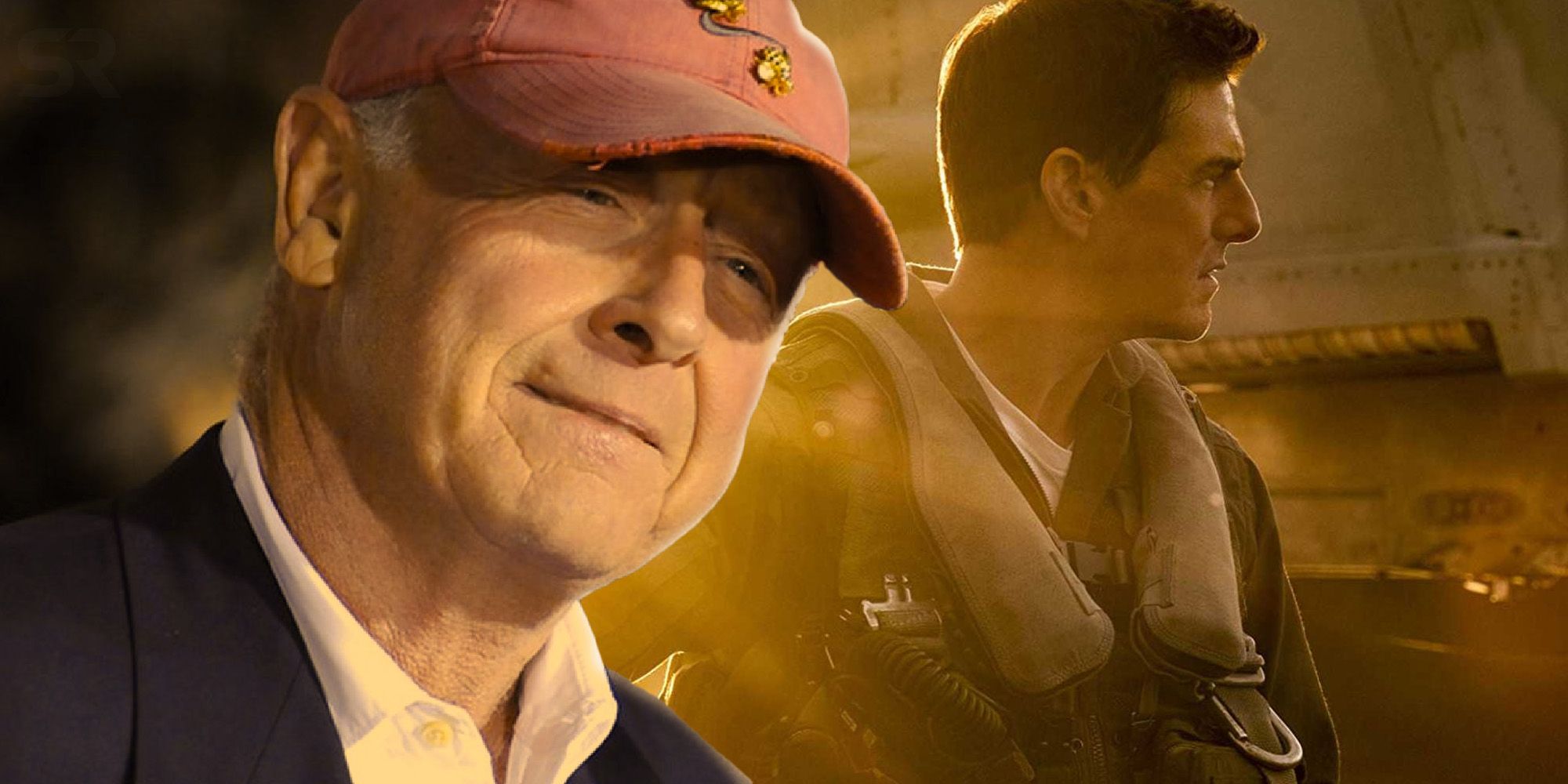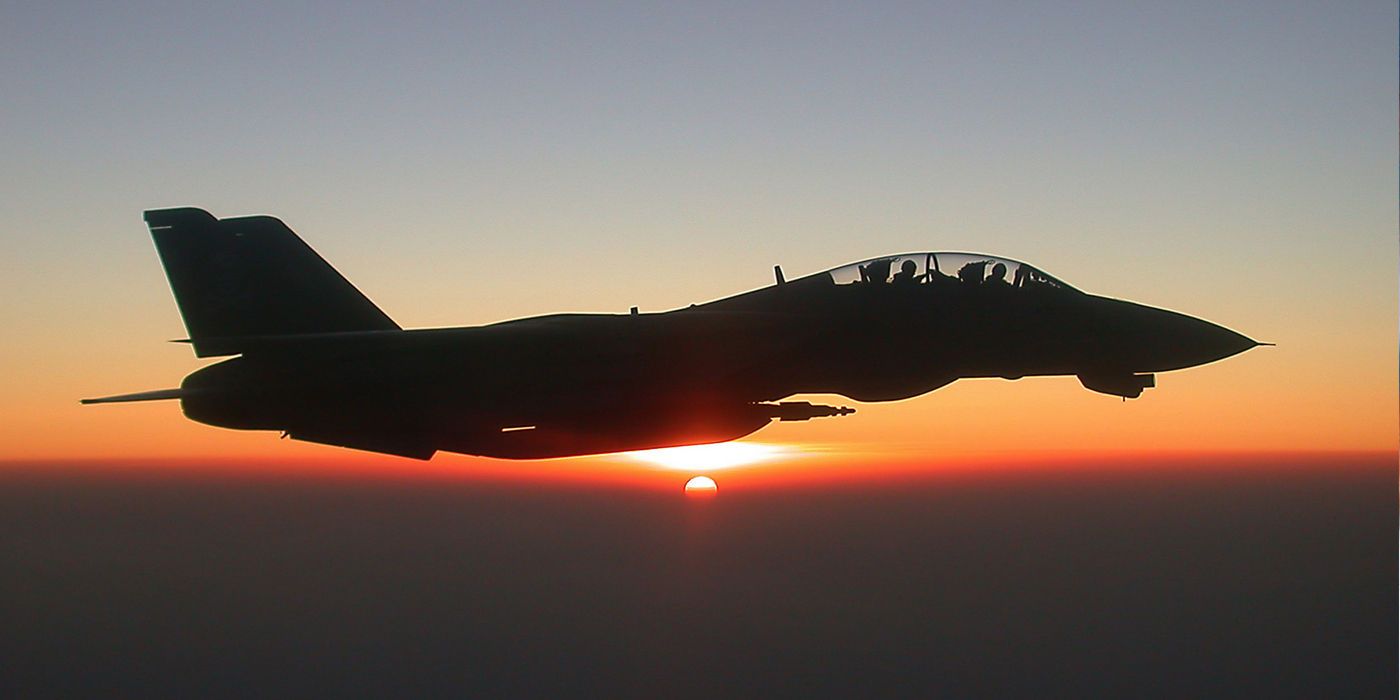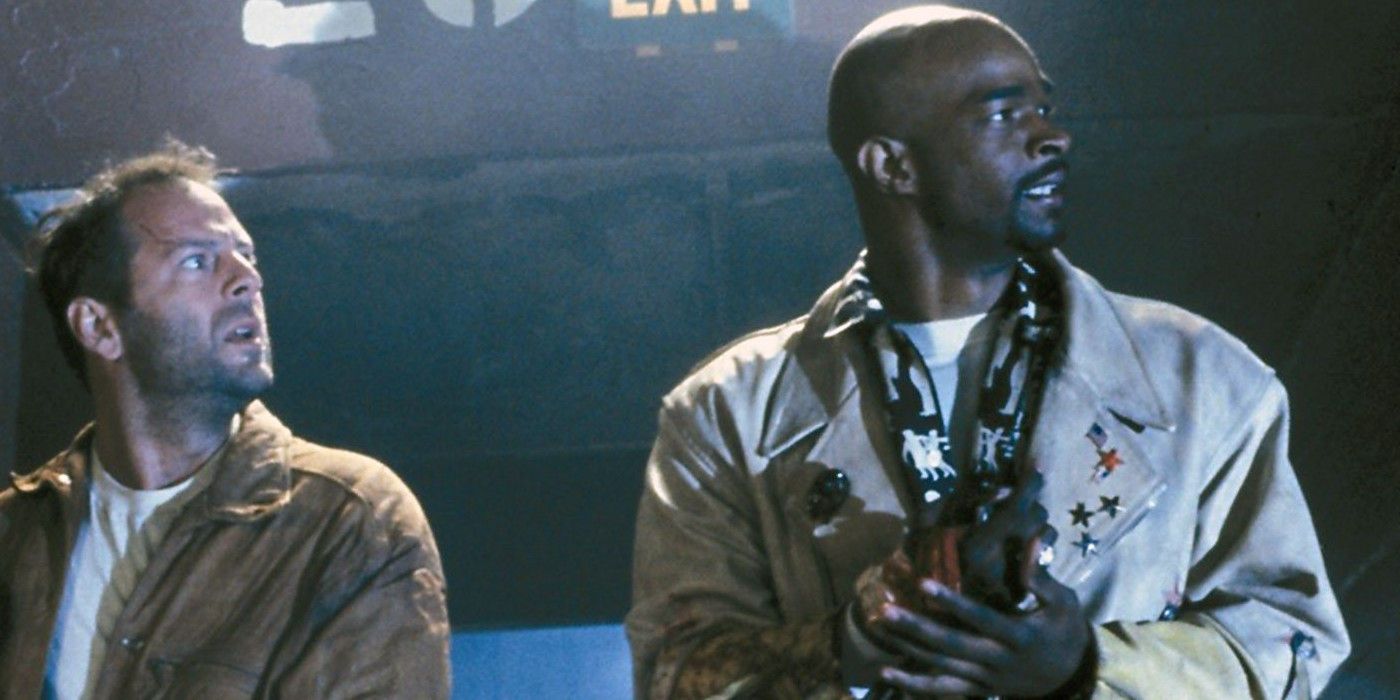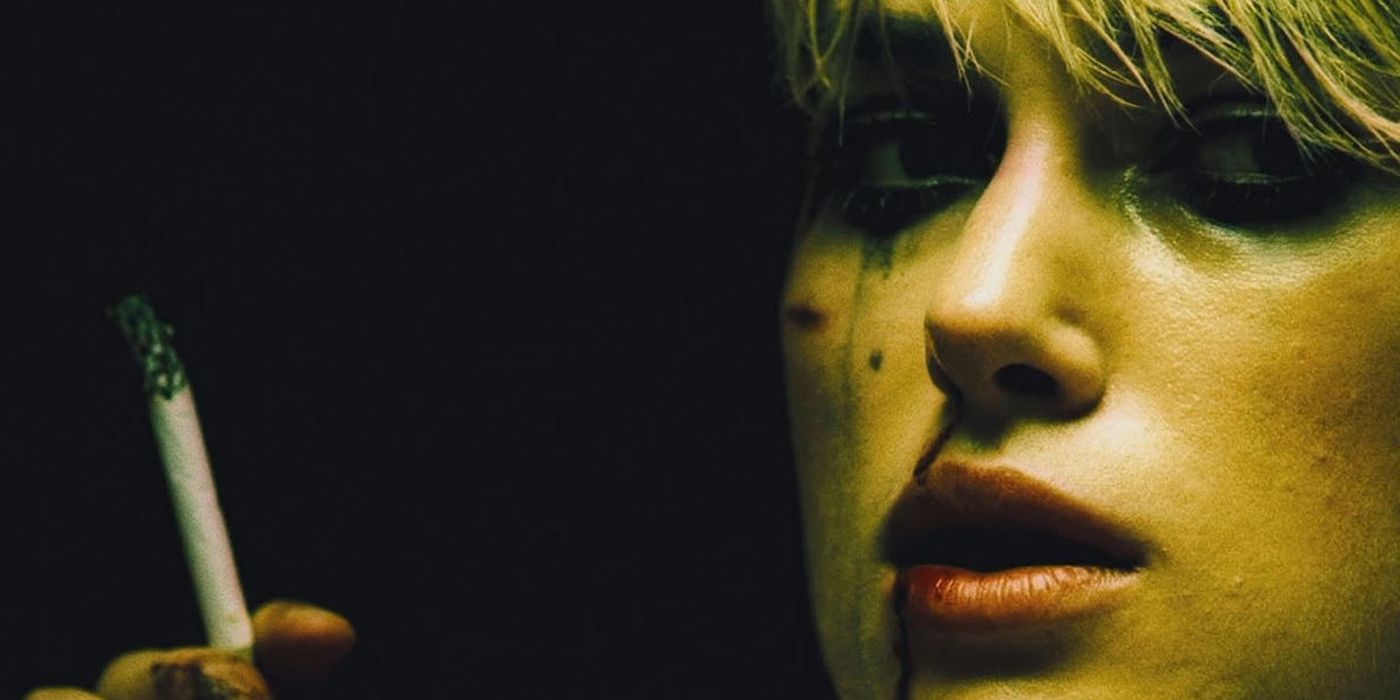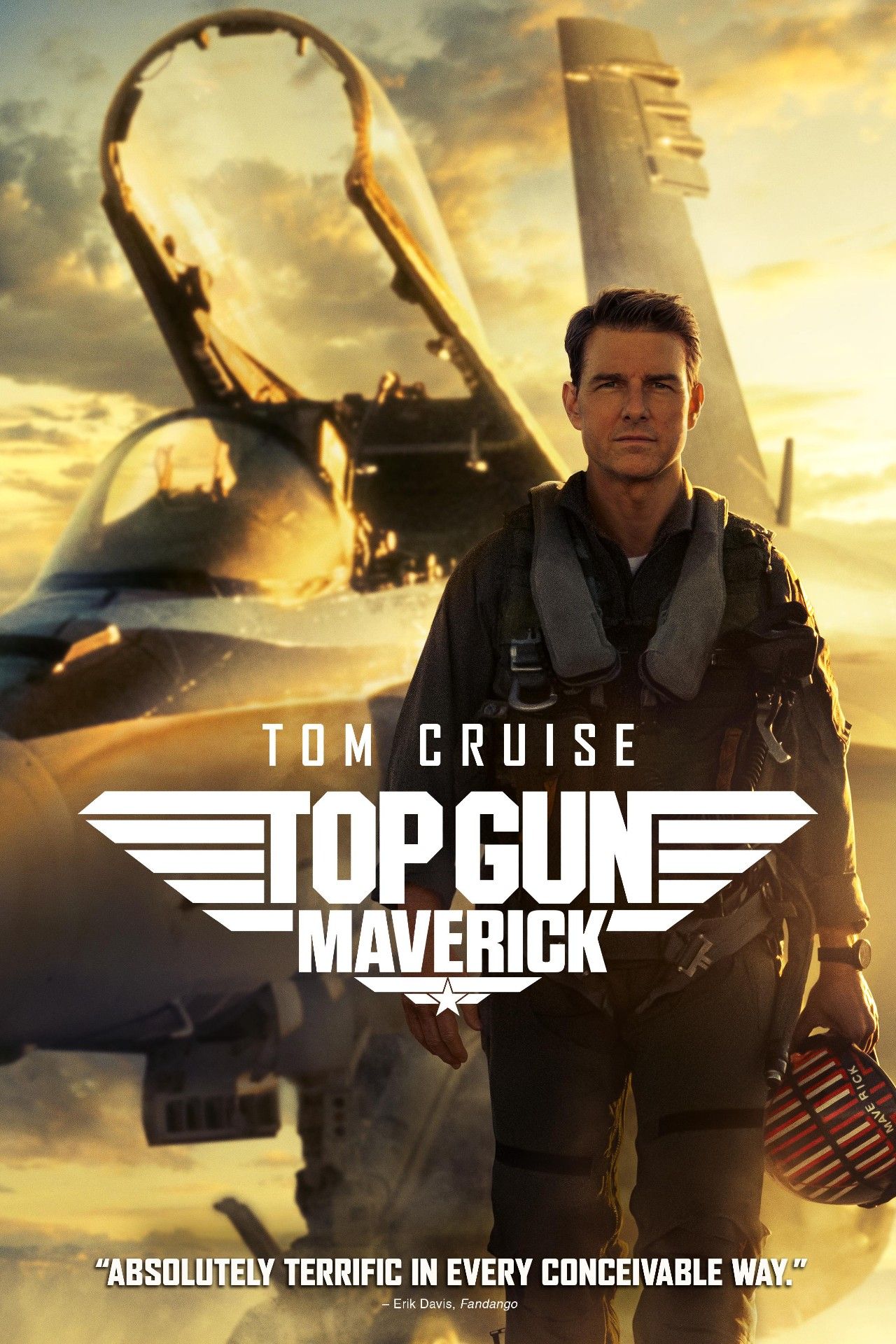Top Gun: Maverick may finally be arriving in cinemas next year, but the long-awaited sequel is, unfortunately, missing the secret weapon behind the original Top Gun’s massive success. Released in 1986, Top Gun was a huge hit whose outsized success saw recruitment in the US military and the US Navy's aviation program in particular increase. The story of Tom Cruise’s young Tomcat pilot, Top Gun was that rare sort of high-octane action movie that despite its flashy, fast-paced theatrics managed to resonated deeply with audiences in the mid-80s. As a result, many fans are eagerly awaiting the movie’s upcoming sequel Top Gun: Maverick.
However, Top Gun: Maverick is unlikely to recreate the success of the original film, although the movie's inability to match the original Top Gun's success isn't for the reason many may think. Very few of the original Top Gun cast is returning for the sequel, but central stars Cruise and Val Kilmer will be back and the new cast members include impressive names like Jon Hamm and Miles Teller. The cast list is a stellar line-up that would excite any fan of the original and the plot promises to revisit Top Gun's more important story elements such as Goose's death. So, what is missing from Top Gun: Maverick that's likely to limit its impact?
The real reason that Top Gun: Maverick is unlikely to recapture the original cult classic’s magic is due to the untimely death of the original film’s director. From the opening moments through to the dogfight finale, the late, great Tony Scott’s direction is the engine that drives Top Gun to masterpiece status, and it’s not something that the sequel will likely be able to recreate. While Oblivion director Joseph Kosinski has proven himself a competent helmer, True Romance filmmaker Scott brought a unique style and singular vision to the original Top Gun. Scott’s style of both storytelling and visual aesthetic has proven so enduringly popular that they are a big part of why Top Gun: Maverick is unlikely to match the original movie’s success.
Scott’s Singular Vision
While Top Gun: Maverick looks to be perfectly well-lensed from its trailers, the sequel will inevitably struggle to pull off a visual palette as revolutionary as that of the original Top Gun, mainly because the original movie set the standard style expected from the genre in the decades since. Perfectly epitomized by Top Gun's slow-motion opening sequence, the burnt oranges and contrasting deep blues of Scott's movie provided the visual blueprint for decades of action cinema with everyone from Jan DeBont to Michael Bay attempting to recreate the dramatic, innovative look of Scott’s striking vision. The blue and orange contrast has become so ubiquitous in recent decades thanks to the visual appeal of Scott’s work that some action franchises are actively moving away from the perennially appealing style, opting for the chillier blue-hued tones of Kosinski’s earlier hits Oblivion and Tron 2.0. But Top Gun: Maverick’s trailers alone prove that the movie will be aping the iconic blue and orange contrast cinematography of the original movie, meaning the 2021 sequel will have to pay homage to the original but will struggle to emerge from the shadow of Top Gun and establish a revolutionary visual style of its own.
Scott’s Tragic Action Movies
Of course, Scott’s style extended far beyond his glossy, influential visual palette. While most Bruckheimer and Simpson collaborations that followed Scott’s movie recreated his distinctive look, few if any were able to match his economic and dramatic storytelling. Of course, action movies are primarily a visual medium, and outside of occasional real-life poignant moments like Paul Walker’s departure from the Fast & Furious franchise, few films in the genre are known for their emotional impact. Not so with Scott’s output, though, with the original Top Gun leaning into the tragedy of Maverick as much as his legend.
It’s a rare feat for a director to create actual emotional stakes in an action movie, but time and again Scott pulled this off thanks to a gift for pacing that made the director’s contributions to action cinema more consistently moving and emotionally involving than fellow titans of the genre could manage. Damon Wayans’ quiet breakdown when recounting the death of his son elevates The Last Boy Scout from a Lethal Weapon rip-off to one of the 90s best thrillers, but the short scene is slotted into the underrated movie’s relentless pace in such a way that its intrusion doesn’t feel forced or cloying. However, Scott’s skillful heartstring-pulling was best deployed in Goose’s Top Gun death, an emotional anchor that gives the potentially silly and over-the-top movie real weight. Top Gun, with its macho men and shirtless beach volleyball, could have easily been a laughably silly movie. But Scott imbues Goose’s death with some real weight, something few action directors have the skill to pull off and a feat the sequel may well struggle to replicate now that viewers are already guessing who will be receiving the movie’s inevitable, pivotal dramatic death scene.
Maverick Can’t Recreate Its Style (Thanks to Scott)
Action movies are now routinely criticized for being over-edited and potentially epilepsy-inducing in their rapid cutting, a problem that helped kill audience interest in Cruise’s Mummy reboot. However, action directors are in something of a catch-22 when handed this criticism, as the proliferation of hyper-speed cutting within the genre means any movie that doesn’t engage in this is likely to feel slow and sluggish to contemporary audiences. It’s a difficult quandary for directors, who are caught between being criticized for excessively jumbled cutting and being called sleepy for taking a more measured approach.
So, how did this quick-cut style become so ubiquitous in the genre, to the point that it’s now the standard style audiences have come to expect from every action movie? Well, the creators of Top Gun: Maverick has Tony Scott to thank for this development, too. From Man On Fire to the biopic Domino, to the surprisingly solid remake The Taking of Pelham 123, to Unstoppable, the director’s final decade of work is what popularised this choppy jump-cutting style (and that’s saying nothing of the wild over-edited Deja Vu). As a result, Maverick will need to slow down its cutting considerably match Scott’s smoothly shot original, but in doing so the movie would be likely to alienate many viewers who are expecting the rapid-fire editing popularised by Tony Scott himself. It’s unlikely that Top Gun Maverick will be able to emerge from the shadow of the original film’s influence on the genre, but to be fair to the filmmakers it’s less due to a fault on their part and more a testament to Scott’s outstanding, enduring influence on action cinema.

